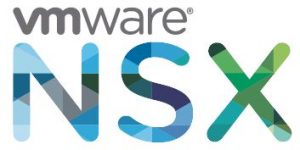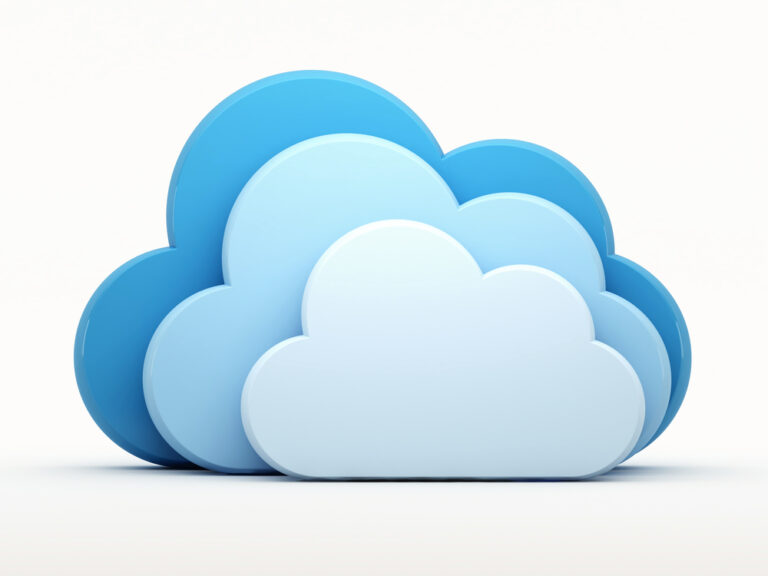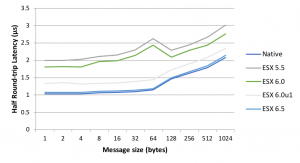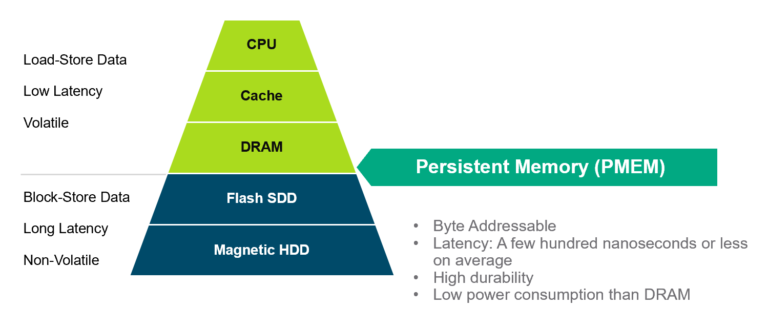by Mary Nakahara
They say fear is good.
Fear can be a healthy thing—it can keep you from getting in over your head, taking unnecessary risks, and it can even save your life. In IT, that fear—maybe better framed as ‘caution’—has its place. It ensures that we consult with others, adhere to processes and standards, and balance risk with reward. Caution in IT ensures that business keeps moving forward—because if it doesn’t, revenue is at risk (and necks are on the line). So, we proceed with caution.
In the world of virtualization, there is fear—but, for the most part, it’s misplaced. Many companies that have fully embraced the benefits of virtualization are still missing the greatest value because they think it’s too risky to virtualize business critical applications (BCAs). If some of the myths are holding you back, here’s a little dose of reality:
Myth: Software vendors won’t support BCAs once they are virtualized.
Reality: Chalk this up to FUD. Software vendors support VMware. For the one vendor who gives the most grief, check out this whitepaper on Oracle licensing and support.
Myth: BCAs aren’t compatible with a virtualized platform.
Reality: This is a non-issue. As long as the OS is supported on vSphere and the BCA is supported on that OS, then the BCA is compatible with VMware. Check out these resources, white papers, and FAQs for the various BCAs: SAP, Oracle Database, Microsoft Exchange, SQL and Sharepoint.
Myth: BCA performance and scalability will decline when virtualized.
Reality: Just because it’s on a virtual platform doesn’t mean performance and scalability take a hit. The CPU overhead is a myth. Just like a physical platform, it all depends on how you design and architect the application on the virtualized platform. It’s critical that you consider the performance, availability, and scalability requirements before you turn on the switch to make sure you meet your SLAs right out of the gate. And if you’re not sure—don’t guess. Bring in the experts to guide you, helping you to make smart choices and construct a design based on real world know-how. When it comes to business critical applications, don’t cut and paste—know what you need and why you need it. (The resources linked above address this topic, too.)
Myth: Virtual platforms are not as secure as physical platforms.
Reality: Security lapses don’t discriminate against one platform or another. Physical platforms can be insecure, as can virtual platforms. Vendors with robust and flexible solutions have the technology and expert-led services to not only secure your virtual environment, but augment your physical security, as well. Resources and white papers on securing your virtualized platform can be found here.
Now, is there risk? Sure. In IT, like everything else in life, it’s impossible to completely eliminate risk. That’s why planning and having the in-depth expertise to design and build out your virtualized platform are key. The business benefits tip the scale in favor of virtualization for BCAs. Our customers are realizing that the traditional benefits of virtualization can help provide competitive advantage through speed to market, improved user experience, increased availability, and better allocation of resources. And more and more are choosing to virtualize their business critical applications with VMware:
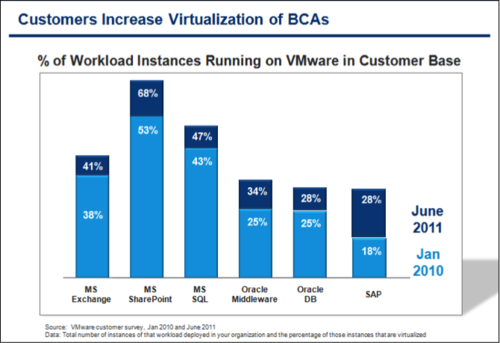
If you’re interested in digging deeper into why the myths aren’t based in reality and how to go about virtualizing your business critical applications like Oracle, SAP, and Exchange, a good starting place is our free, self-paced course Virtualizing Business Critical Applications. It covers a lot of ground in two hours, including best practices, use cases, tips and tricks, and more.
This blog is part of a series on Virtualizing Your Business Critical Applications with VMware. To learn more, including how VMware customers have successfully virtualized SAP, Oracle, Exchange, SQL and more, visit vmware.com/go/virtualizeyourapps.

